Hydraulic one-way lock hydraulic control cartridge valve YYS08
Details
Brand:FELING BULL
Area of application:petroleum products
Product alias:hydraulic control one-way valve
Applicable medium:petroleum products
Applicable temperature:110(℃)
Nominal pressure:Normal pressure (MPa)
Installation form:screw thread
Parts and accessories:accessory part
Flow direction:one-way
Type of drive:manual
Form:plunger type
Main material:cast iron
Working temperature:One hundred and ten
Type (channel location):Straight through type
Points for attention
Reversing valve, also known as Chris valve, is a kind of valve, which has multi-directional adjustable channels and can change the flow direction of fluid in time. It can be divided into manual reversing valve, electromagnetic reversing valve and electro-hydraulic reversing valve.
When working, the drive shaft is rotated by the drive transmission mechanism outside the valve, and the valve plate is started with a rocker arm, so that the working fluid sometimes leads from the left inlet to the lower outlet of the valve, and sometimes changes from the right inlet to the lower outlet, thus achieving the purpose of periodically changing the flow direction.
This kind of shift valve is widely used in petroleum and chemical production, and is most commonly used in synthetic ammonia and gas production system. In addition, the reversing valve can also be made into a valve flap structure, which is mostly used in small flow situations. When working, just turn the handwheel through the disc to change the flow direction of the working fluid.
working principle editing
The six-way reversing valve is mainly composed of valve body, sealing assembly, cam, valve stem, handle and valve cover. The valve is driven by the handle, which drives the stem and the cam to rotate. The cam has the functions of positioning and driving and locking the opening and closing of the sealing assembly. The handle rotates counterclockwise, and the two groups of sealing components respectively close the two channels at the lower end under the action of the cam, and the two channels at the upper end are respectively communicated with the inlet of the pipeline device. On the contrary, the two channels at the upper end are closed, and the two channels at the lower end are communicated with the inlet of the pipeline device, thus realizing non-stop commutation.
Product specification




Company details







Company advantage
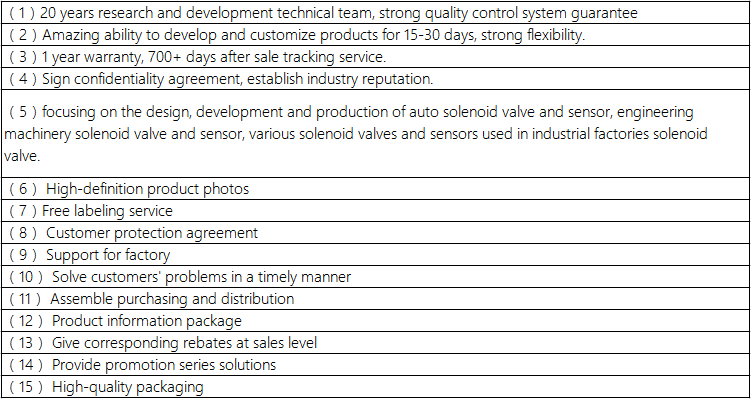
Transportation

FAQ



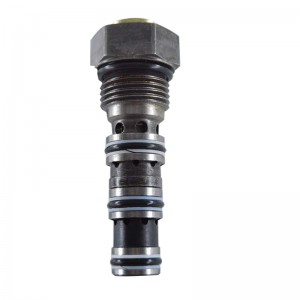
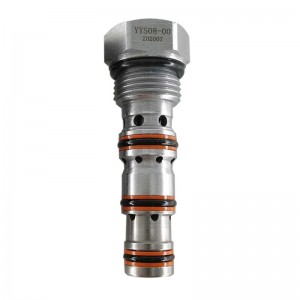
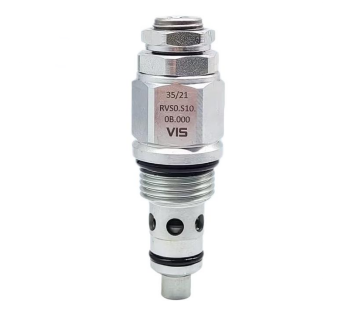



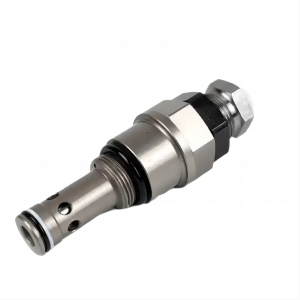
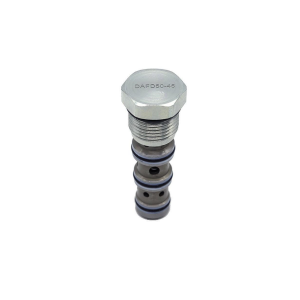

![[Copy]46313-2F200 is suitable for transmission solenoid valve electromagnetic vacuum valve body control valve 463132F200.](https://cdn.globalso.com/solenoidvalvesfactory/O1CN01o7OUcH1Bs2sWSMr92_0-0-cib1-300x300.jpg)
